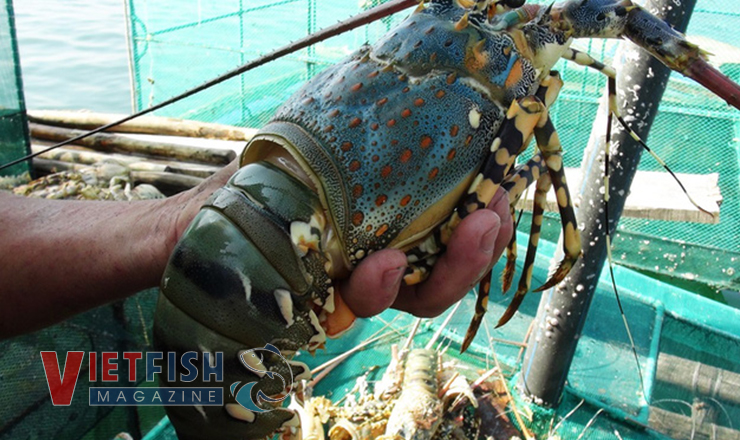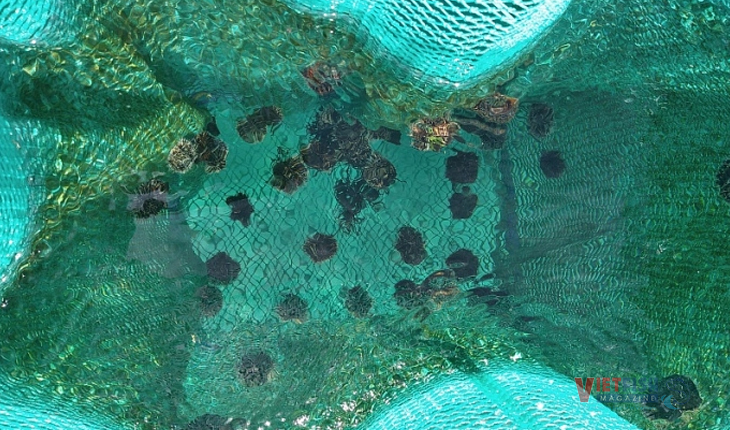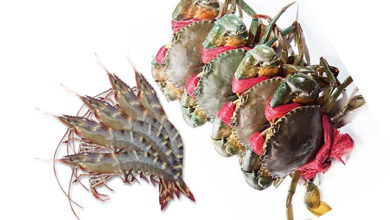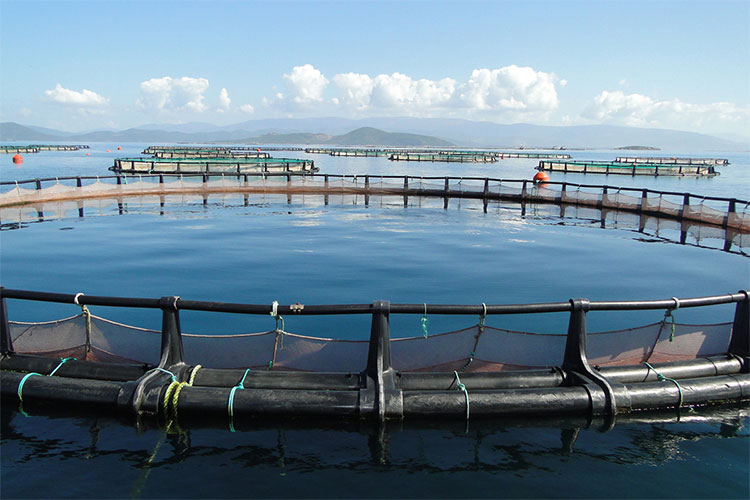Seaweed – The untapped gold mine
“Seaweed plays an important role in environmental protection and green economic development, not only meeting food needs but also can be used in other fields.”
Dr. Phạm Anh Tuấn, former Deputy Director General of the Directorate of Fisheries, emphasized: “The potential of seaweed, currently, is almost forgotten, receiving less attention compared to other marine organisms such as fish or crustaceans. Seaweed plays an important role in environmental protection and green economic development, not only meeting food needs but also can be used in other fields such as pharmaceuticals, cosmetics, animal feed, and fertilizers…”
“If all those issues can be addressed, I think marine aquaculture in Vietnam will develop sustainably,” Dr. Tuấn said.
Associate Professor Nguyễn Chu Hồi, Member of the XV National Assembly, Vice Chairman of the Vietnam Fisheries Association, also believes that it is necessary to diversify the aquaculture species, in addition to traditional species such as shrimp and fish, it is necessary to further promote new species such as seaweed, especially those that can be used as medicinal ingredients to develop a new marine economic sector – the marine medicinal herb industry. Maintaining seaweed beds, seagrass, salt-tolerant plants, and coral reefs to ensure their function of carbon sequestration, contributing to climate change adaptation.
According to statistics from the Fisheries Department, Vietnam currently has over 827 species of natural seaweed, of which 88 species have economic value. Seaweed is divided into three main groups: red seaweed, brown algae, and grape seaweed.
About 900,000 hectares of surface water is potential for seaweed cultivation in Vietnam. In 2023, the total area of seaweed cultivation was about 16,500 hectares, with a production of 150,000 tons. Among them, the profit from cultivating red algae is about 150 – 200 million VND/ha; cultivating brown algae yields profits of about 60 – 80 million VND/ha. Seaweed farming is providing livelihoods for coastal communities.
In the Strategy for fisheries development, Vietnam aims to strive for a seaweed production of about 180,000 tons by 2025 and 500,000 tons by 2030. Specifically, the coast from Thanh Hóa to Quảng Bình focuses on cultivating red algae, brown algae, and valuable seaweed species; the offshore areas have more development methods, seaweed can be grown alone or in combination with shrimp, fish, and high-value derivatives.
VFM






